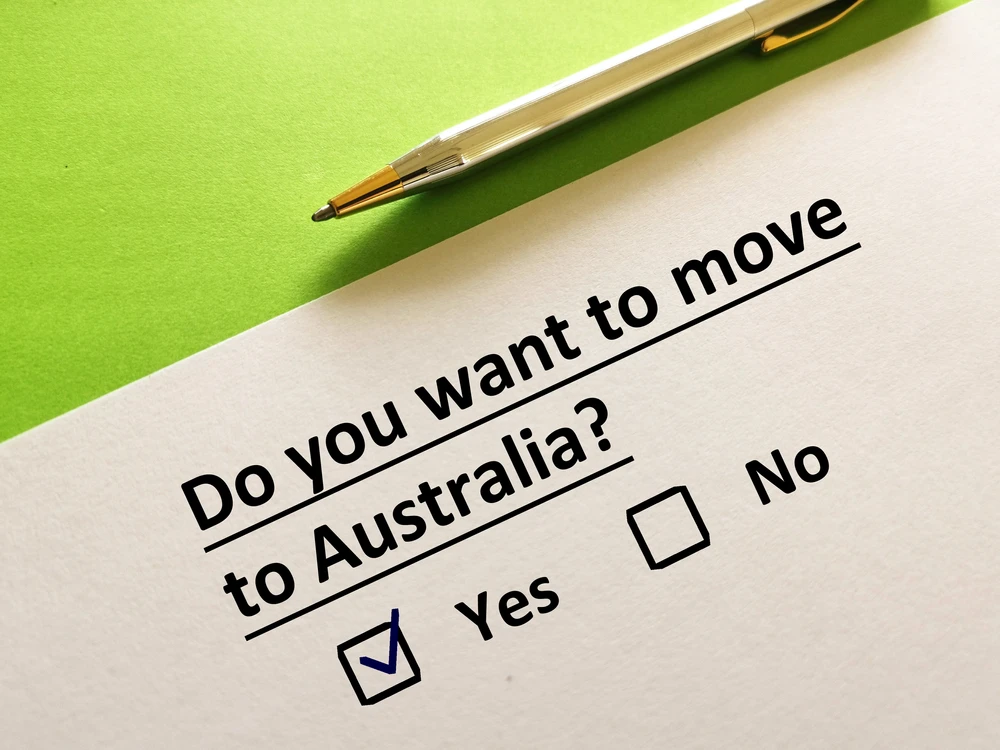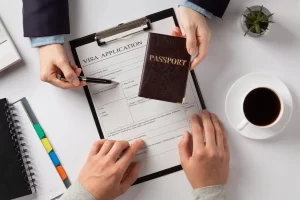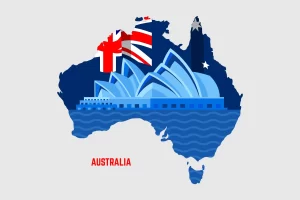Get the details on visa changes and the latest immigration news for Australia
From updates to visa application charges to expanded pathways to permanent residence, the new financial year saw a range of new immigration rules being implemented in Australia.
Compared to previous years, the Australian migration and visa changes from July 2023 are quite comprehensive.
Price rises for visa applications will likely impact all current and future visa holders. And there are important things to be aware of for international students and people looking to migrate from the UK, New Zealand, and India.
Furthermore, anyone on a skilled working visa will want to take note of the new income thresholds. Not only will these impact individuals but also businesses planning to bring people to Australia for work purposes.
If you want to learn more about the recent Australian immigration changes, keep reading. In this article, we’ll cover the 9 most important migration changes in Australia for 2023.
New Immigration Rules in Australia for 2023
On 1st July 2023, the Department of Home Affairs enacted a large number of new immigration rules and visa changes for Australia.
Below is an overview of the top 9 points from the Australian immigration news update for 2023. However, if you have any specific questions related to your situation, the experienced migration agents from LIVV Immigration are always able to assist.
1. Increased Visa Application Charges
First things first, the cost of applying for most visa categories has increased.
The largest increase was for business innovation and investment visas, which saw a 40% increase in cost. This is followed by visitor, working holiday, and other temporary work visas, which went up in price by around 15%.
Changes were different for each category, so be sure to get advice from a registered migration agent to clarify the costs that apply in your situation.
2. Temporary Skilled Migration Income Threshold (TSMIT)
On 1st July 2023, the TSMIT increased from $53,900 to $70,000.
So if you’re planning to migrate to Australia through the employment sponsorship pathway, you’ll now need an annual salary of at least $70,000 (plus superannuation).
3. India-Australia Agreement
The free trade agreement between India and Australia came into effect on 29th December 2022. As a result, there have been several favorable visa updates in Australia for migrating Indian nationals.
The top 3 changes are:
- Longer stays for Indian international students thanks to new post-study work rights rules
- Employers sponsoring workers for a Temporary Skills Shortage visa (Subclass 482) are no longer required to undertake Labor Market Testing
- Access to the Work and Holiday (Subclass 462) visa will be increased to up to 1,000 Indian citizens per year
4. Work Restrictions for International Students
The unrestricted work rights granted to student visa holders during COVID-19 have now been removed. However, the total allowable work hours per fortnight was increased from 40 hours to 48 hours.
This change doesn’t impact student visa holders who are working in aged care roles. In this case, unrestricted work can continue until 31st December 2023.
Other changes were made to specific student visas, but we can’t fit them all in this article. To find out more, contact a Student Visa Specialist from LIVV Immigration.
5. Larger Visa Quotas
Around 30,000 additional places have been added to the permanent Migration Program for 2023-24, bringing the total to 190,000 places.
The visa changes for Australia in 2023 will see the allocation of places split between streams as below:
- Skill Stream – 137,100 places
- Family Stream – 52,500 places
- Special Eligibility Stream – 400 places
6. Eligibility Changes for New Zealand Nationals Seeking Citizenship
New Zealand nationals holding a Special Category (Subclass 444) visa (SCV) now have expanded access to Australian citizenship.
Key immigration changes in Australia for 2023 include:
- All SCV holders who are New Zealand citizens are now considered permanent residents for citizenship purposes
- New Zealand citizens who have been living in Australia for more than 4 years can apply directly for Australian citizenship, without applying for a permanent visa
- If you are a New Zealand citizen granted an SCV before 1st July 2022, your period of permanent residence will be backdated to 1st July 2022
- A New Zealand citizen granted their first SCV on or after 1st July 2022 will be considered a permanent resident from the date of receiving their SCV
7. Expanded Pathways to Permanent Residence
By the end of 2023, the Australian Government plans to give all Temporary Skill Shortage (Subclass 482) visa holders a pathway to permanent residency.
This change has not been implemented yet. However, the plan is to allow all sponsorship visa holders to apply for the permanent Employer Nomination (Subclass 186) visa, even if their occupation isn’t on the previously specified skills lists.
8. Temporary Graduate Visa Changes
To qualify for a Temporary Graduate (Subclass 485) visa, international students due to complete their studies now need to specify an occupation in the Medium and Long Term Strategic Skills List (MLTSSL). A positive skills assessment is also required to qualify for a 485 visa.
For graduates applying under the Post Study Work stream, a 2-year extension of their Graduate visa is now available for specified occupations.
9. Australia and UK Free Trade Agreement Fast-Tracked
The Australia and UK Free Trade Agreement provides expanded opportunities for working holidaymakers from both countries.
UK passport holders are now able to apply for a Working Holiday visa between the ages of 18 and 35 years. And from 1st July 2024, a total of 3 separate Working Holiday visas can be granted without needing to meet any specified work requirements.
In addition, the Labor Market Testing requirement for employer-sponsored visas has been removed. This will make it much quicker and easier for Australian businesses to sponsor workers from the UK.
Final Thoughts
We hope this Australian immigration news update for 2023 has answered any questions you might have about recent migration and visa changes.
There were a lot of visa changes in 2023. And while we’ve done our best to summarise them all here, it’s always recommended to get professional advice from a registered Australian migration agent to understand your options.
If you need help to understand Australian visa updates and migration changes, please contact one of the experienced staff at LIVV Immigration and we’ll be happy to assist.






